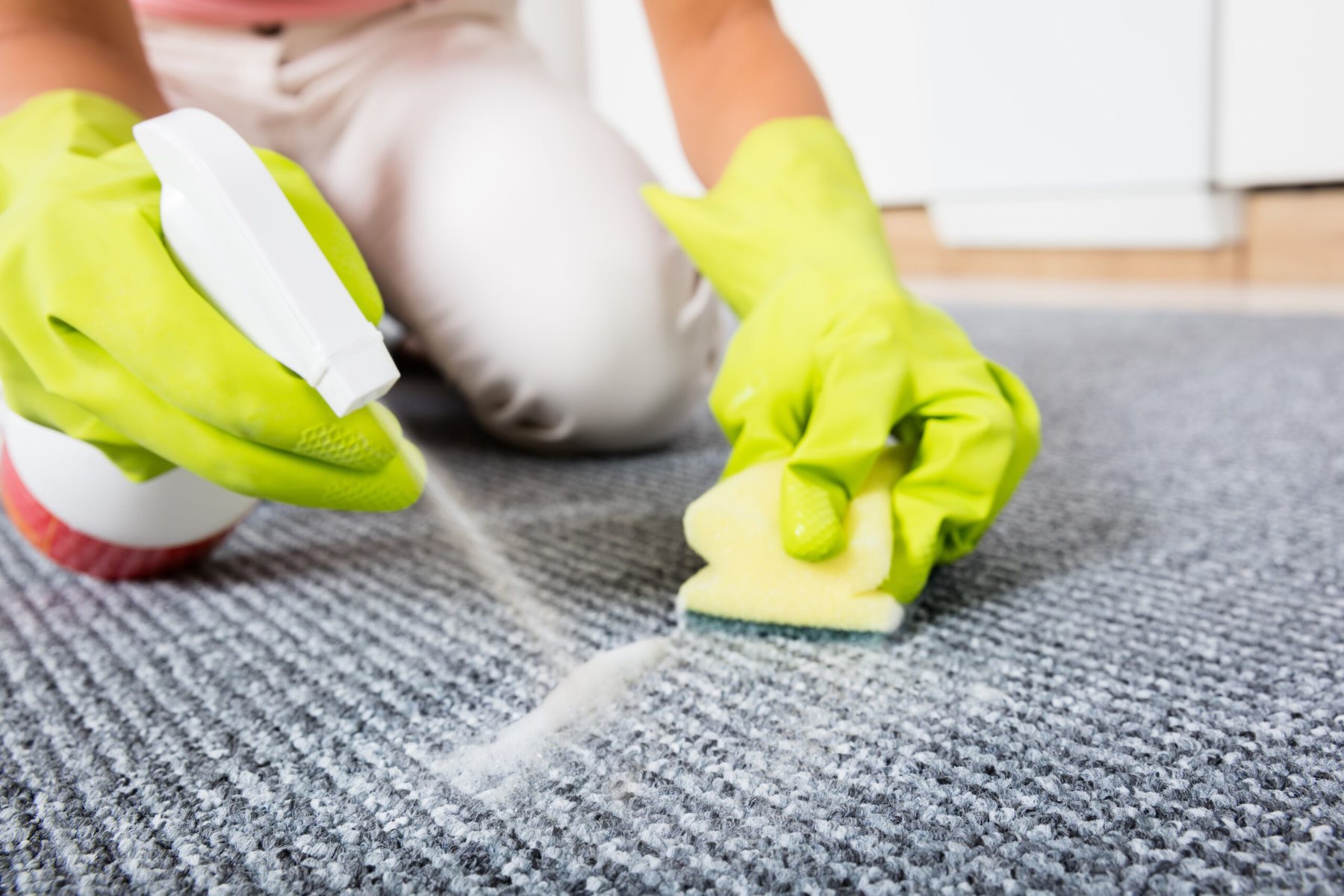

Articles
How To Get Stains Out Of Rugs
Modified: January 8, 2024
Discover effective articles on how to remove stubborn stains from rugs and restore their beauty. Learn expert tips and proven techniques to tackle different types of stains.
(Many of the links in this article redirect to a specific reviewed product. Your purchase of these products through affiliate links helps to generate commission for Storables.com, at no extra cost. Learn more)
Introduction
When it comes to rugs, there’s no denying their ability to add warmth, style, and comfort to any space. However, accidents happen, and rugs are not immune to stains. From spilled wine to pet accidents, rug stains can be a real headache to deal with. But fear not, because in this article, we will guide you through the process of getting stains out of rugs, leaving them clean, fresh, and looking as good as new.
Before we dive into the step-by-step stain removal techniques, it’s important to understand that the approach to tackling rug stains will depend on the type of stain you’re dealing with. Different stains require different methods of removal to achieve the best results. So, let’s start by exploring the various types of stains you might encounter.
Key Takeaways:
- Act quickly and use appropriate cleaning methods to effectively remove a variety of rug stains, from food and beverage spills to pet accidents, ensuring your rugs stay clean and fresh.
- Implement preventive measures such as establishing rules, using protective mats, and regular maintenance to minimize the risk of future stains on your rugs, prolonging their lifespan and maintaining their beauty.
Read more: How To Get Stains Out Of A Duvet
Understanding the Types of Stains
When it comes to rug stains, it’s essential to identify the type of stain you’re dealing with before attempting any cleaning methods. This knowledge will help you choose the most appropriate removal technique and avoid damaging the rug. Here are some common types of stains you may encounter:
- Food and Beverage Stains: These stains are caused by spills from food and drinks, such as coffee, tea, wine, or sauces. They can leave behind visible discoloration and potentially emit odor if not treated promptly.
- Pet Stains and Odors: Whether it’s a urine accident or a pet knocking over their water bowl, pet-related stains and odors can be quite challenging to remove. They can leave behind unsightly marks and unpleasant smells if not addressed properly.
- Oil and Grease Stains: These stains can be caused by cooking oil, grease, or oily substances. They tend to cling to the fibers of the rug, leaving a greasy residue and attracting dirt and dust.
- Ink and Marker Stains: Accidental pen or marker marks on your rug can be frustrating. Ink stains require a specific approach to avoid spreading and setting further into the fibers.
- Tougher Stains: Some stains, such as nail polish, lipstick, or permanent marker, are particularly stubborn. Removing these stains requires more advanced techniques and products.
Now that you have a better understanding of the types of stains you might encounter on your rugs, let’s move on to the next step: preparing for stain removal.
Preparing for Stain Removal
Before you dive into the stain removal process, it’s important to prepare your workspace and gather the necessary tools and materials. Proper preparation will help you tackle the stain effectively and minimize the risk of causing further damage to the rug. Here’s what you need to do:
- Clean the Area: Start by clearing the area around the stained rug. Remove any furniture or objects that may obstruct your access to the stain. This will ensure you have enough space to work comfortably.
- Read Instructions: If your rug came with cleaning instructions or a care label, make sure to read them thoroughly. Some rugs require specific cleaning methods or have restrictions on the use of certain products. Following these instructions will help you avoid any potential damage.
- Test in an Inconspicuous Area: Before applying any cleaning solution to the stained area, test it in a hidden or inconspicuous spot on the rug. This will help you ensure that the solution does not cause discoloration or damage to the fibers.
- Gather Supplies: Collect all the necessary supplies for stain removal. This typically includes absorbent cloths or paper towels, a mild liquid detergent or specialized rug cleaner, a soft-bristle brush, a spray bottle, and white vinegar (for certain types of stains).
- Protect Yourself: Stain removal may involve working with cleaning solutions or substances that could potentially irritate the skin or eyes. To protect yourself, consider wearing gloves and, if needed, eye protection.
By taking the time to prepare for stain removal, you’ll be setting yourself up for success. Now that you have everything ready, let’s move on to the general stain removal techniques that can be applied to various types of stains.
General Stain Removal Techniques
Before diving into specific stain removal methods, it’s important to understand some general techniques that can be applied to a wide range of stains. These techniques will help you tackle stains effectively and minimize any potential damage to your rug. Here are some general stain removal techniques to keep in mind:
- Act Quickly: The sooner you attend to a stain, the better chance you have of removing it completely. Promptly blot or remove any excess liquid or residue from the stain using a clean cloth or paper towel.
- Blot, Don’t Rub: When cleaning a stain, avoid rubbing or scrubbing the area vigorously. Instead, gently blot the stain with a clean cloth or paper towel, working from the outside towards the center of the stain. This prevents the stain from spreading and causing further damage to the rug fibers.
- Work from the Outside In: When applying a cleaning solution to a stain, start from the outer edges and work your way towards the center. This helps prevent the stain from spreading further and makes it easier to control the cleaning process.
- Use Mild Cleaning Solutions: Avoid using harsh chemicals or strong detergents on your rug, as they can damage the fibers or cause discoloration. Instead, opt for mild liquid detergents or specialized rug cleaners that are safe for your specific type of rug.
- Test Solutions: Before applying any cleaning solution to the stained area, test it in a hidden or inconspicuous spot on the rug to ensure it doesn’t cause color fading or damage. This step is crucial, especially for sensitive or delicate rugs.
- Patience is Key: Some stains may require repeated treatment to be fully removed. Be patient and continue the cleaning process, allowing each application of the cleaning solution to penetrate and work on the stain before proceeding to the next step.
- Dry Properly: After successfully removing a stain, make sure to dry the area thoroughly. Excess moisture left on the rug can lead to mold or mildew growth. Use a fan or open windows to promote air circulation for faster drying.
By following these general stain removal techniques, you’ll be well-equipped to tackle a variety of stains on your rug. Next, we’ll dive into specific methods for removing common food and beverage stains.
Removing Food and Beverage Stains
Food and beverage stains are some of the most common types of stains that can occur on rugs. Whether it’s a spilled glass of wine, a coffee mishap, or a sauce splatter, these stains can be unsightly and challenging to remove. However, with the right approach, you can successfully tackle food and beverage stains. Here’s how:
- Blot the Stain: Start by blotting the stained area gently with a clean cloth or paper towel to remove any excess liquid. Avoid rubbing or scrubbing, as this can push the stain deeper into the rug fibers.
- Mix a Cleaning Solution: In a spray bottle, mix a solution of mild liquid detergent and warm water. Alternatively, you can use a specialized rug cleaner designed for food and beverage stains. Follow the instructions on the cleaner for best results.
- Spray and Blot: Spray the cleaning solution onto the stain, covering the affected area thoroughly. Let the solution sit for a few minutes to penetrate the stain. Then, blot the area gently with a clean cloth or sponge, working from the outside in. Continue blotting until the stain starts to lift.
- Rinse with Water: Once the stain is lifted, rinse the area with clean water to remove any residue from the cleaning solution. Blot the area again to absorb the moisture.
- Dry and Vacuum: Allow the rug to air dry completely, or use a fan to speed up the drying process. Once dry, vacuum the area to restore the texture of the rug.
For tougher or set-in food and beverage stains, you may need to repeat the process or use a specialized stain remover recommended for your specific rug material. Always follow the instructions provided with the stain remover and test on a small, inconspicuous area first.
Remember, the key to successful stain removal is to address it as soon as possible. The longer a food or beverage stain sits on the rug, the more challenging it may be to remove. Acting quickly and using the appropriate cleaning methods will increase your chances of completely eliminating the stain. Now, let’s move on to removing pet stains and odors from your rug.
Read more: How To Get Stains Out Of A Blanket
Removing Pet Stains and Odors
Pets bring joy and companionship to our lives, but they can also leave their mark on our rugs. Accidents happen, and dealing with pet stains and odors requires a prompt and thorough approach. Here’s how you can effectively remove pet stains and odors from your rug:
- Act Quickly: As soon as you discover a pet accident on your rug, act quickly to prevent the stain from setting in. Use paper towels or a clean cloth to blot up as much of the liquid as possible.
- Neutralize the Odor: Mix a solution of equal parts white vinegar and water. Spray the solution onto the stained area and let it sit for a few minutes to neutralize the odor. Blot the area with a clean cloth to absorb the solution.
- Apply a Pet Stain Remover: Use a pet stain remover specifically designed for the type of stain you’re dealing with (urine, vomit, etc.). Follow the instructions on the product for application. Blot the area with a clean cloth to remove the stain and excess moisture.
- Opt for Enzymatic Cleaners: Enzymatic cleaners are specifically formulated to break down and eliminate the organic matter in pet stains. They can be effective in removing both the stain and odor associated with pet accidents. Follow the instructions on the enzymatic cleaner for best results.
- Dry and Vacuum: Allow the rug to air dry completely. Use a fan or open windows to promote air circulation and speed up the drying process. Once dry, vacuum the area to remove any residue or loose fibers.
It’s important to note that for certain rug materials or delicate rugs, it’s always best to consult with a professional cleaner or refer to the guidelines provided by the rug manufacturer. They may have specific recommendations or precautions to prevent any damage to the rug.
In addition to cleaning up pet stains, it’s crucial to address any lingering odors. If the odor persists even after cleaning, consider using an odor-neutralizing spray or baking soda to absorb any remaining odors. Sprinkle baking soda over the affected area, let it sit for a few hours, then vacuum it up.
By following these steps and using appropriate cleaning products, you can effectively remove pet stains and odors from your rug, ensuring a clean and fresh space for both you and your furry friend. Next, we’ll discuss how to tackle oil and grease stains on your rug.
Blot the stain with a clean cloth to absorb as much liquid as possible. Then, mix 1 tablespoon of dish soap with 2 cups of warm water and blot the stain with the solution. Rinse with water and blot dry.
Getting Rid of Oil and Grease Stains
Oil and grease stains on your rug can be unsightly and challenging to remove. Whether it’s from a cooking mishap or an accidental spill, the key to effectively removing these stains is to act quickly and use the right techniques. Here’s how you can get rid of oil and grease stains from your rug:
- Blot the Stain: Start by blotting the stained area with a clean cloth or paper towel to remove any excess oil or grease. Be gentle and avoid rubbing, as this can spread the stain.
- Degrease the Stain: Sprinkle an absorbent material, such as cornstarch or baking soda, over the stained area. Allow it to sit for a few minutes to absorb the oil or grease. Then, use a soft brush to gently sweep away the powder.
- Apply a Cleaning Solution: Mix a small amount of dishwashing liquid or a specialized rug cleaner designed for oil and grease stains with warm water. Dampen a clean cloth with the solution and gently blot the stained area. Work from the outer edges towards the center.
- Rinse and Dry: After treating the stain, rinse the area with clean water to remove any residue from the cleaning solution. Blot the area with a clean cloth to absorb excess moisture. Allow the rug to air dry completely, or use a fan to speed up the drying process.
- Repeat if Necessary: For stubborn oil or grease stains, you may need to repeat the process several times or use a specialized stain remover recommended for your rug material. Follow the instructions provided with the stain remover and test it on a small, inconspicuous area first.
It’s important to note that some oil and grease stains may leave a residual mark even after cleaning. In such cases, it’s best to seek professional help, especially for valuable or delicate rugs, to ensure proper treatment and avoid any potential damage.
Prevention is also key to avoid oil and grease stains on your rug. Place mats or rugs in high-risk areas, such as near the kitchen or dining area, to catch any spills before they reach your valuable rug. Regularly maintain and clean these protective mats to prevent them from transferring any stains to your rug.
By following these steps and acting quickly, you can effectively remove oil and grease stains from your rug, restoring its appearance and prolonging its lifespan. Next, let’s discuss how to tackle ink and marker stains on your rug.
Tackling Ink and Marker Stains
Accidental ink or marker stains on your rug can be quite frustrating. However, with the right techniques and persistence, you can successfully remove these stains and restore the beauty of your rug. Here’s how you can tackle ink and marker stains:
- Act Quickly: As soon as you notice the ink or marker stain, act quickly to prevent it from setting into the fibers. Blot the stained area gently with a clean cloth or paper towel to remove any excess ink or marker residue.
- Blot with Rubbing Alcohol: Moisten a clean cloth with rubbing alcohol. Blot the stained area gently, working from the outside edges towards the center. Avoid rubbing or scrubbing vigorously, as this can spread the ink or marker further.
- Blot with Water: After blotting with rubbing alcohol, moisten another clean cloth with water and continue blotting the stained area. This helps to remove any traces of the rubbing alcohol and ink or marker residue.
- Repeat if Necessary: For stubborn ink or marker stains, you may need to repeat the rubbing alcohol and water blotting process several times. Be patient and persistent, and continue until the stain starts to fade.
- Blot with Milk: If the ink or marker stain persists, you can try using milk as a gentle stain remover. Dampen a clean cloth with milk and blot the stained area. Milk contains enzymes that can help break down the stain.
- Rinse and Dry: After treating the ink or marker stain, rinse the area with clean water to remove any residue. Blot the area with a clean cloth to absorb excess moisture. Allow the rug to air dry completely, or use a fan to speed up the drying process.
It’s important to note that ink and marker stains can be stubborn and may require multiple attempts to completely remove. If the stain persists or you’re dealing with a valuable or delicate rug, it’s recommended to seek professional cleaning assistance to avoid any potential damage.
Prevention is key when it comes to ink and marker stains. Keep writing utensils away from rugs to minimize the risk of accidents. If you have children, try to designate separate areas for drawing and playing to reduce the chances of spills and stains on your rug.
By following these steps and being diligent in your stain removal efforts, you can effectively tackle ink and marker stains, ensuring your rug remains clean and blemish-free. Next, let’s explore how to deal with tougher stains that may require additional techniques and products.
Dealing with Tougher Stains
Sometimes, rug stains can be particularly challenging and require additional techniques and products to remove. These tougher stains may include nail polish, lipstick, permanent marker, or other difficult-to-remove substances. While it may take a bit more effort, with the right approach, you can effectively deal with these stains. Here’s what you can do:
- Act Quickly: As with any stain, the sooner you address it, the better chance you have of successful removal. Blot or scrape off any excess substance gently using a clean cloth or paper towel.
- Avoid Rubbing: Avoid rubbing or scrubbing the stain vigorously, as this can push the stain deeper into the rug fibers. Instead, gently blot the stain to remove as much of it as possible.
- Identify the Stain: Different types of tough stains may require different removal techniques. Identify the stain accurately to determine which product or method is most suitable.
- Use Specialized Stain Removers: For tougher stains, it’s often best to use specialized stain removers designed for the specific type of stain you’re dealing with. Nail polish remover, rubbing alcohol, or specific stain removal products can be effective for certain stains.
- Follow Instructions Carefully: When using specialized stain removers, always read and follow the instructions on the product carefully. Use the recommended amount and follow any safety precautions to avoid damaging the rug.
- Test in an Inconspicuous Area: Before applying any stain remover to the stained area, test it on a small, inconspicuous spot on the rug. This will help ensure that the product does not cause discoloration or damage to the fibers.
- Blot or Dab: Apply the stain remover to a clean cloth or sponge, and gently blot or dab the stained area. Avoid rubbing or scrubbing vigorously, as this can spread the stain or damage the rug fibers.
- Rinse and Dry: After treating the stain, rinse the area with clean water to remove any residue from the stain remover. Blot the area with a clean cloth to absorb excess moisture. Allow the rug to air dry completely, or use a fan to speed up the drying process.
It’s important to note that some tougher stains may require professional cleaning assistance. If your efforts are not yielding the desired results or if you’re dealing with a valuable or delicate rug, it’s best to consult with a professional cleaner for expert advice and assistance.
Remember, patience and persistence are key when dealing with tougher stains. Be diligent in your stain removal efforts and continue to treat the area until the stain fades or is eliminated completely. Now, let’s move on to some preventive measures you can take to avoid future stains on your rug.
Read more: How To Get Stains Out Of A Sink
Preventing Future Stains
While knowing how to effectively remove stains is essential, preventing them in the first place is even better. By taking proactive measures, you can minimize the risk of stains and keep your rug looking clean and pristine. Here are some preventive measures you can take to avoid future stains:
- Establish Rules: Establish clear rules for eating and drinking in areas where rugs are present. Encourage family members and guests to be mindful and cautious to prevent accidental spills.
- Use Protective Measures: Place mats or rugs in high-risk areas, such as dining tables or entryways, to catch any spills or dirt before they reach your rug. Consider using stain-resistant mats or rugs for added protection.
- Remove Shoes: Create a shoe-free policy in your home to minimize the amount of dirt, debris, and potential stains that can be tracked onto your rugs. Provide designated areas for guests to leave their shoes.
- Keep Pets Away: If possible, keep pets away from areas with rugs, especially during meal times. Train them to have designated eating and drinking spots that are easy to clean and away from rugs.
- Regular Maintenance: Vacuum your rugs regularly to remove loose dirt, debris, and prevent them from settling deep into the fibers. This will help minimize the chance of stains caused by dirt particles.
- Immediate Action: Act quickly when accidents happen. Whether it’s a spill, pet accident, or any other mishap, clean it up promptly to prevent the stain from setting in.
- Extra Protection: For high-traffic areas or rugs that are prone to stains, consider applying a fabric protector or treatment. These products can provide an extra layer of resistance against spills and stains.
- Professional Cleaning: Schedule regular professional cleaning for your rugs. Professional cleaning can help remove deep-seated dirt and stains that regular household cleaning methods may not be able to address.
By implementing these preventive measures, you can significantly reduce the chances of future stains on your rugs. However, accidents can still happen, so it’s important to be prepared and know how to handle stains effectively when they occur.
With the knowledge and techniques shared in this article, you’re now equipped to tackle a variety of stains and maintain the beauty of your rugs for years to come. Remember, prevention and proactive care are key to keeping your rugs looking their best.
Waterproofing code validation: Valid HTML!
Conclusion
Dealing with stains on rugs can be a daunting task, but with the right knowledge and techniques, you can effectively remove them and restore the beauty of your rugs. Whether you’re facing food and beverage stains, pet accidents, oil and grease stains, or tougher stains like ink and marker, the key lies in acting quickly, using appropriate methods, and being persistent in your stain removal efforts.
By understanding the types of stains you’re dealing with and preparing for stain removal, you can set yourself up for success. General stain removal techniques, such as blotting, working from the outside in, and using mild cleaning solutions, can be applied to a wide range of stains. For specific types of stains like food and beverage, pet accidents, oil and grease, ink and marker, and tougher stains, there are targeted approaches and specialized products that will help you achieve favorable results.
Prevention is also crucial in maintaining the cleanliness and appearance of your rugs. Establishing rules, using protective measures like mats or rugs in high-risk areas, removing shoes, keeping pets away from rugs during meal times, regular maintenance, and immediate action in case of accidents are steps you can take to minimize the risk of future stains.
Remember, if you’re dealing with valuable or delicate rugs, or if your stain removal efforts are not yielding satisfactory results, it’s best to consult with professional cleaners who have expertise in handling different types of stains and rug materials. They can provide guidance and assistance to ensure your rugs are treated properly without causing any damage.
With the information and tips provided in this article, you’re now well-equipped to tackle stains on your rugs and keep them clean and fresh. By taking preventive measures and knowing how to effectively remove stains, you can prolong the lifespan of your rugs and enjoy their beauty for years to come.
Frequently Asked Questions about How To Get Stains Out Of Rugs
Was this page helpful?
At Storables.com, we guarantee accurate and reliable information. Our content, validated by Expert Board Contributors, is crafted following stringent Editorial Policies. We're committed to providing you with well-researched, expert-backed insights for all your informational needs.
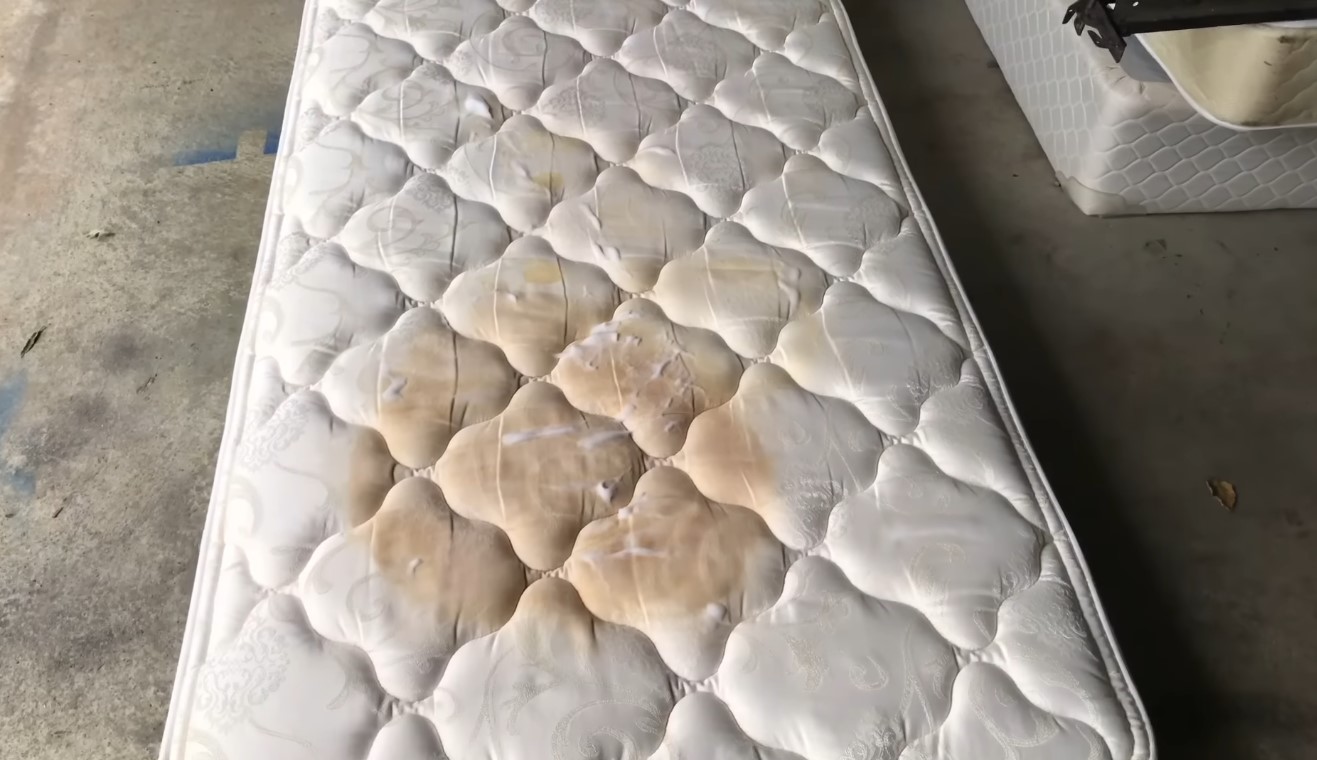
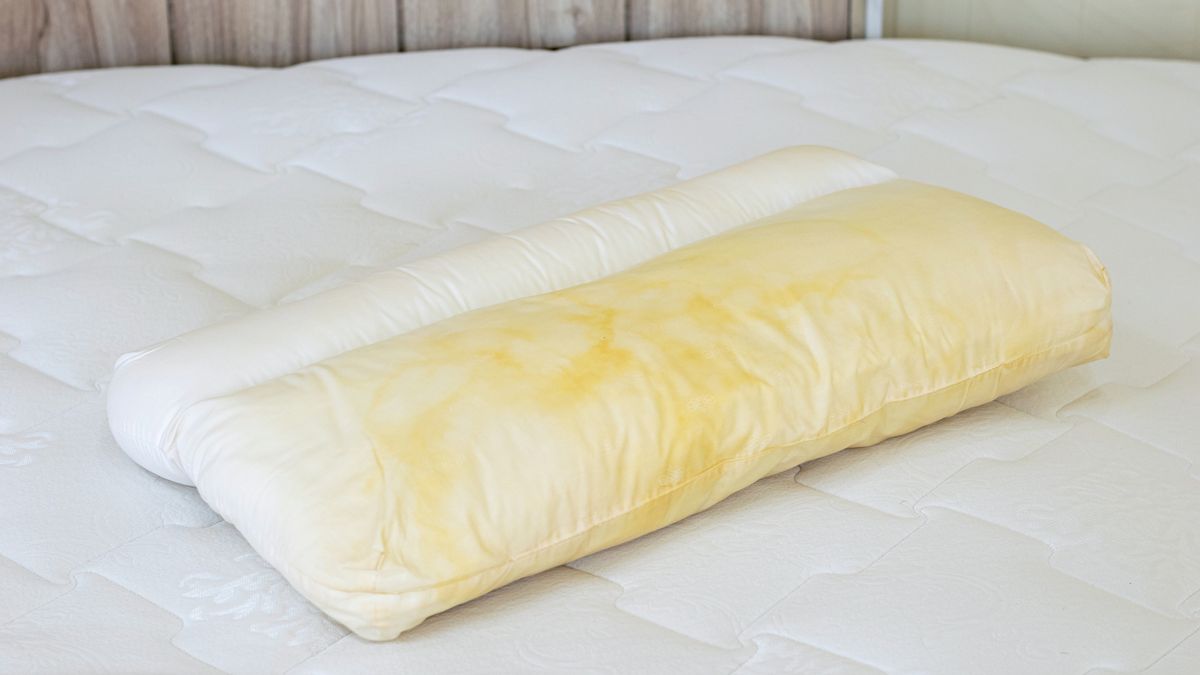
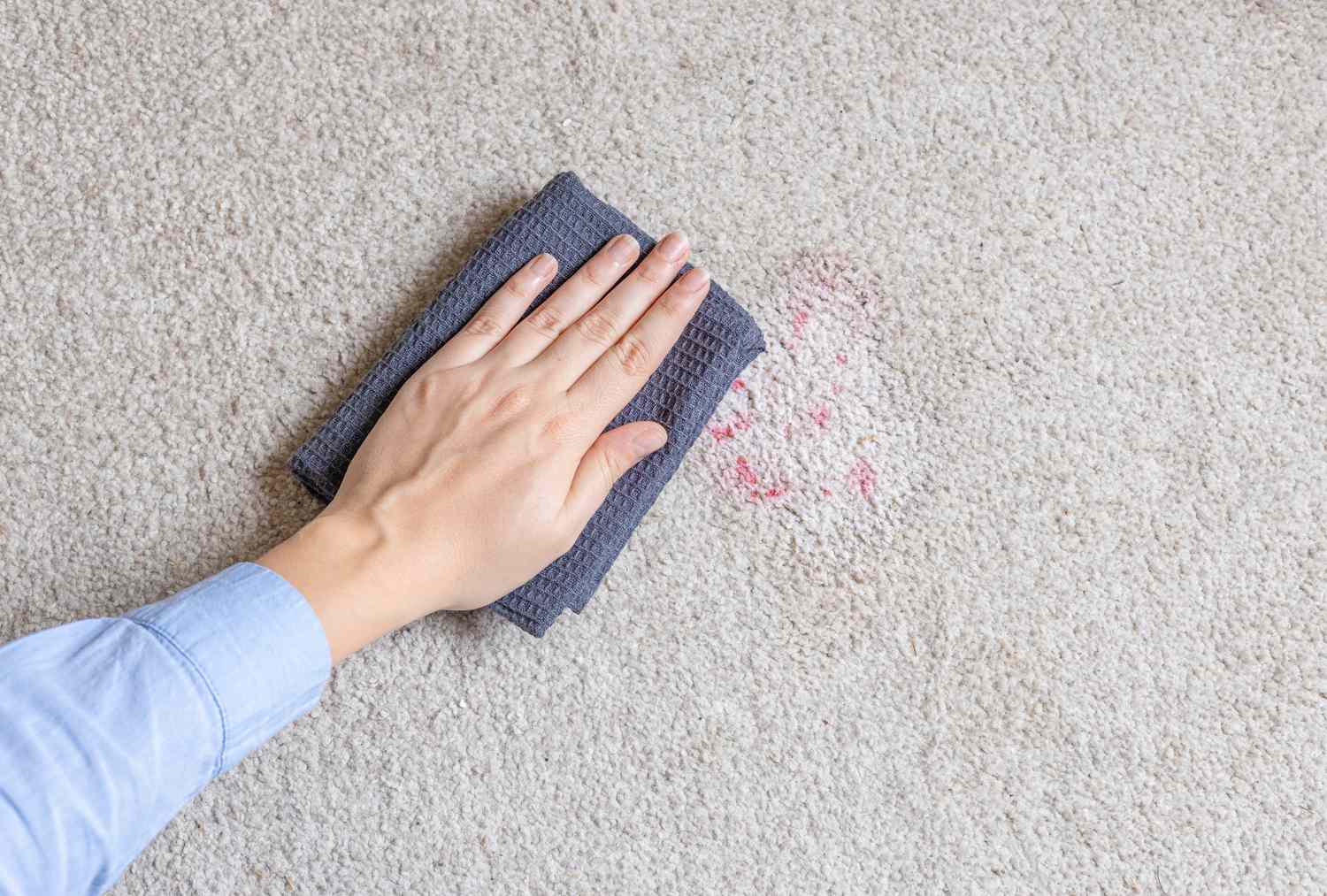
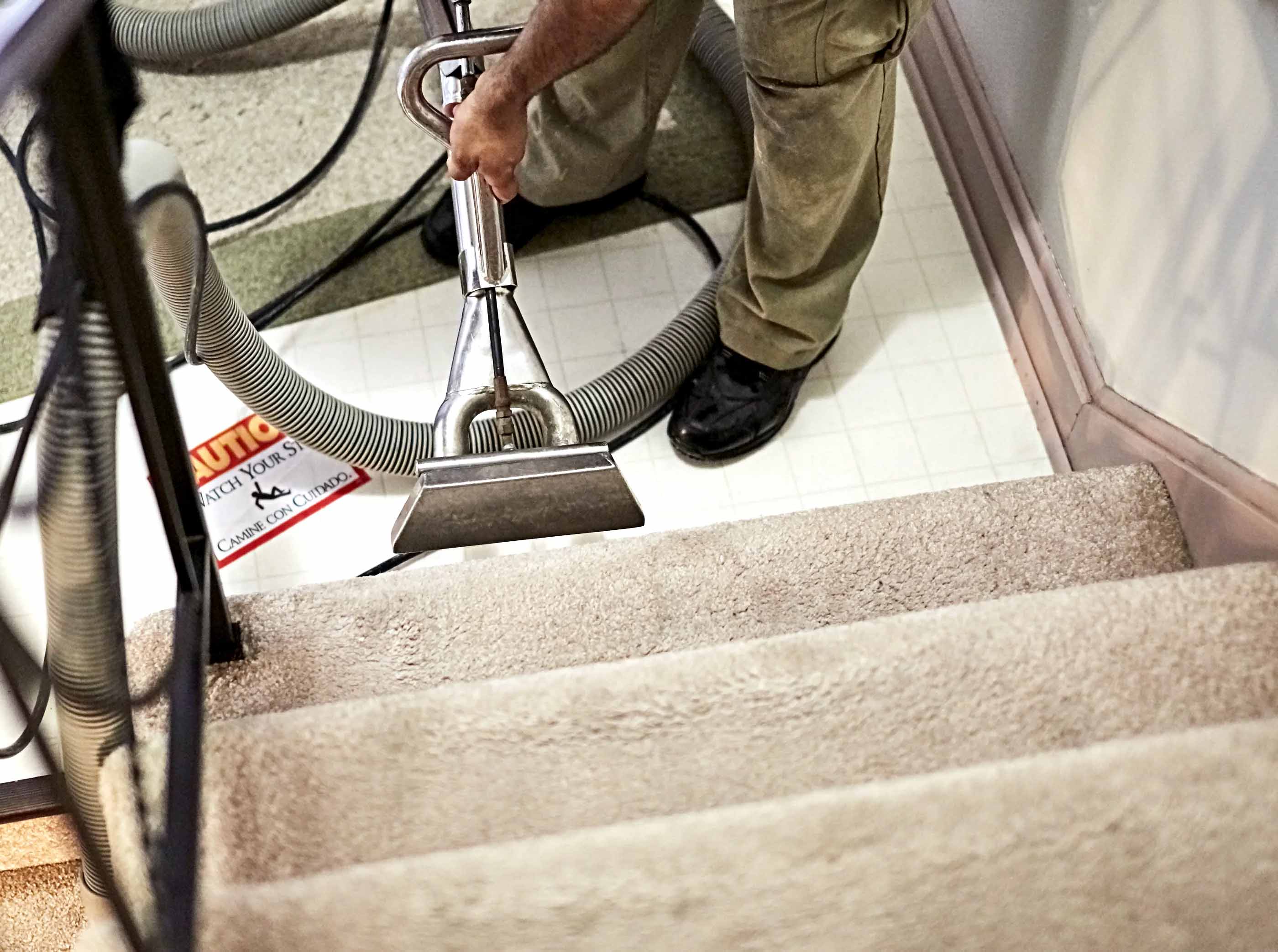
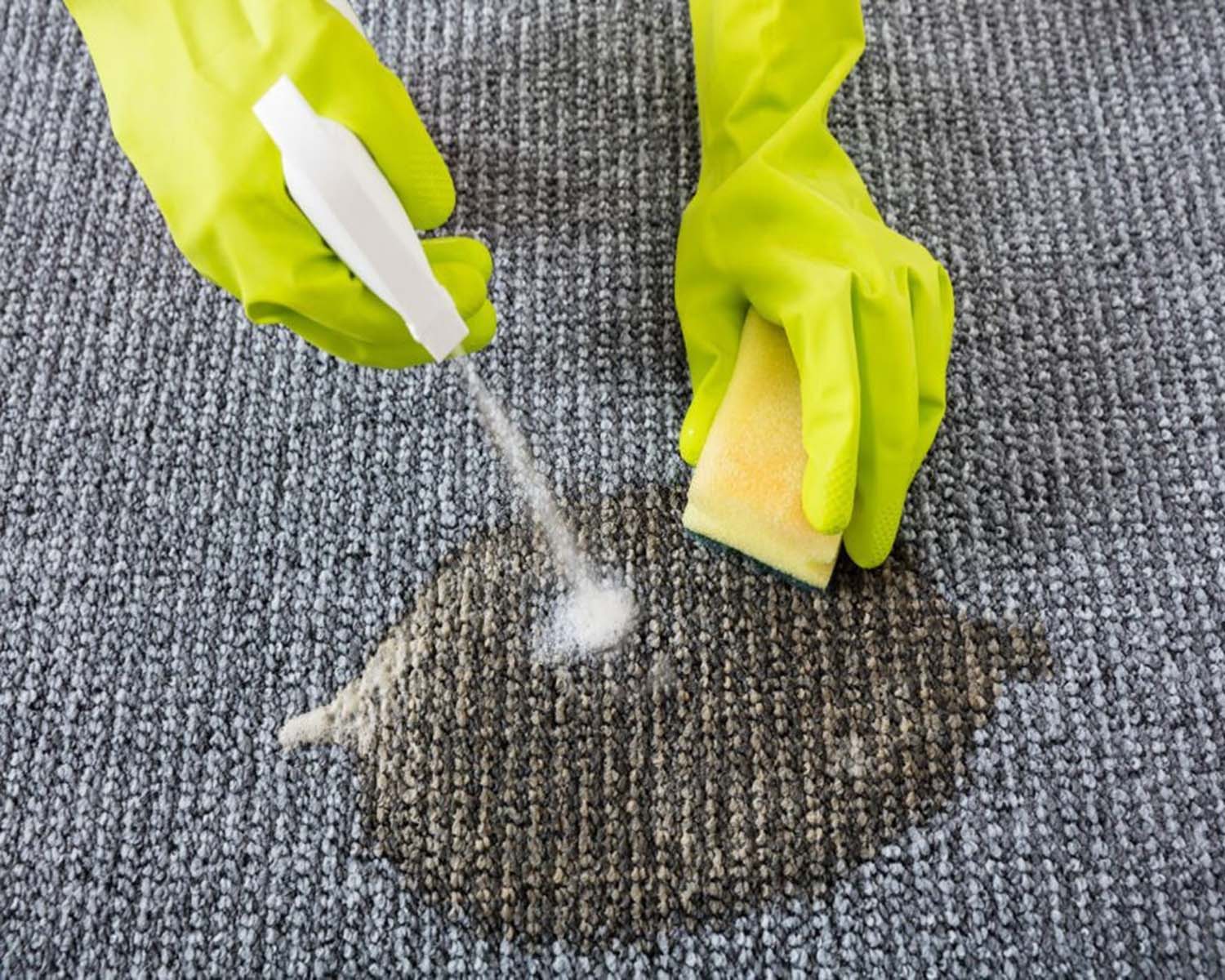
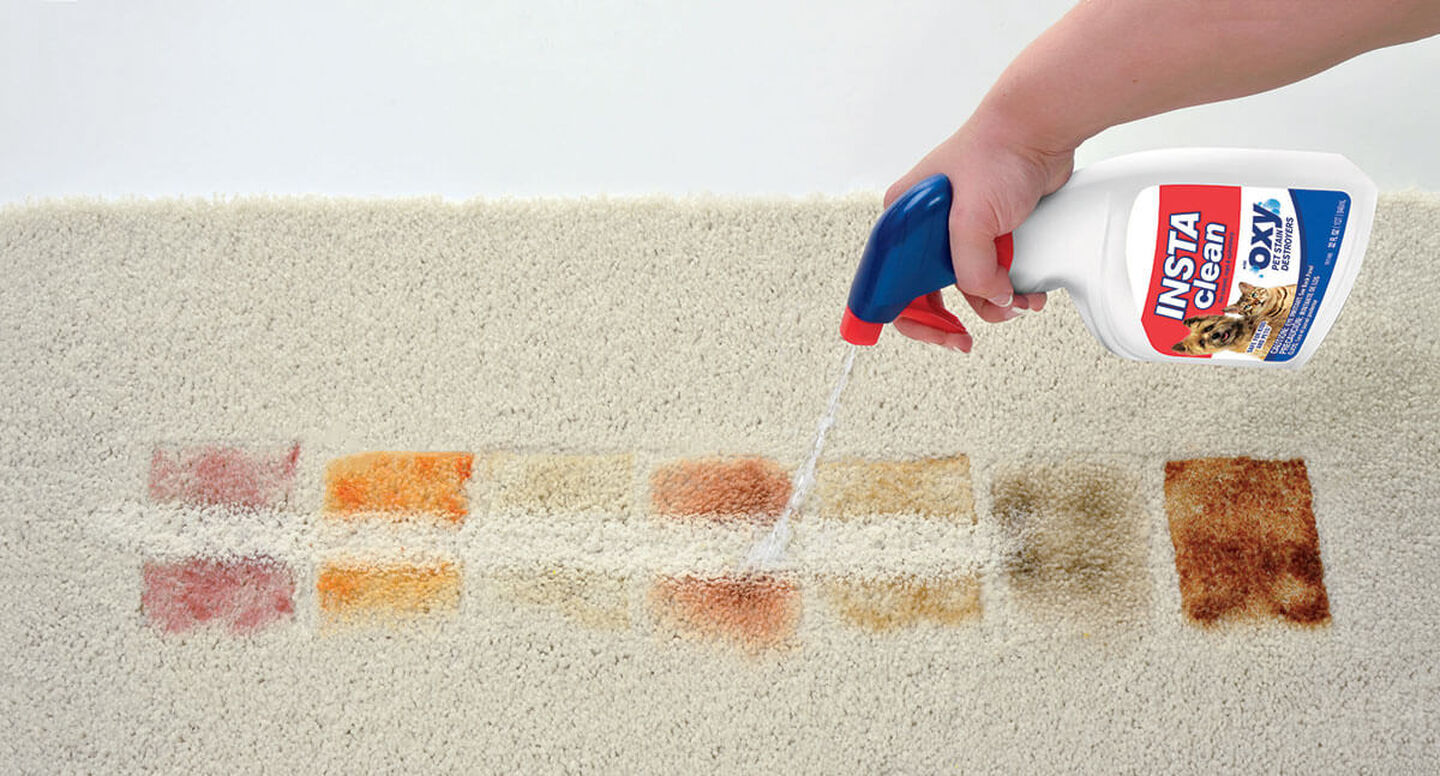
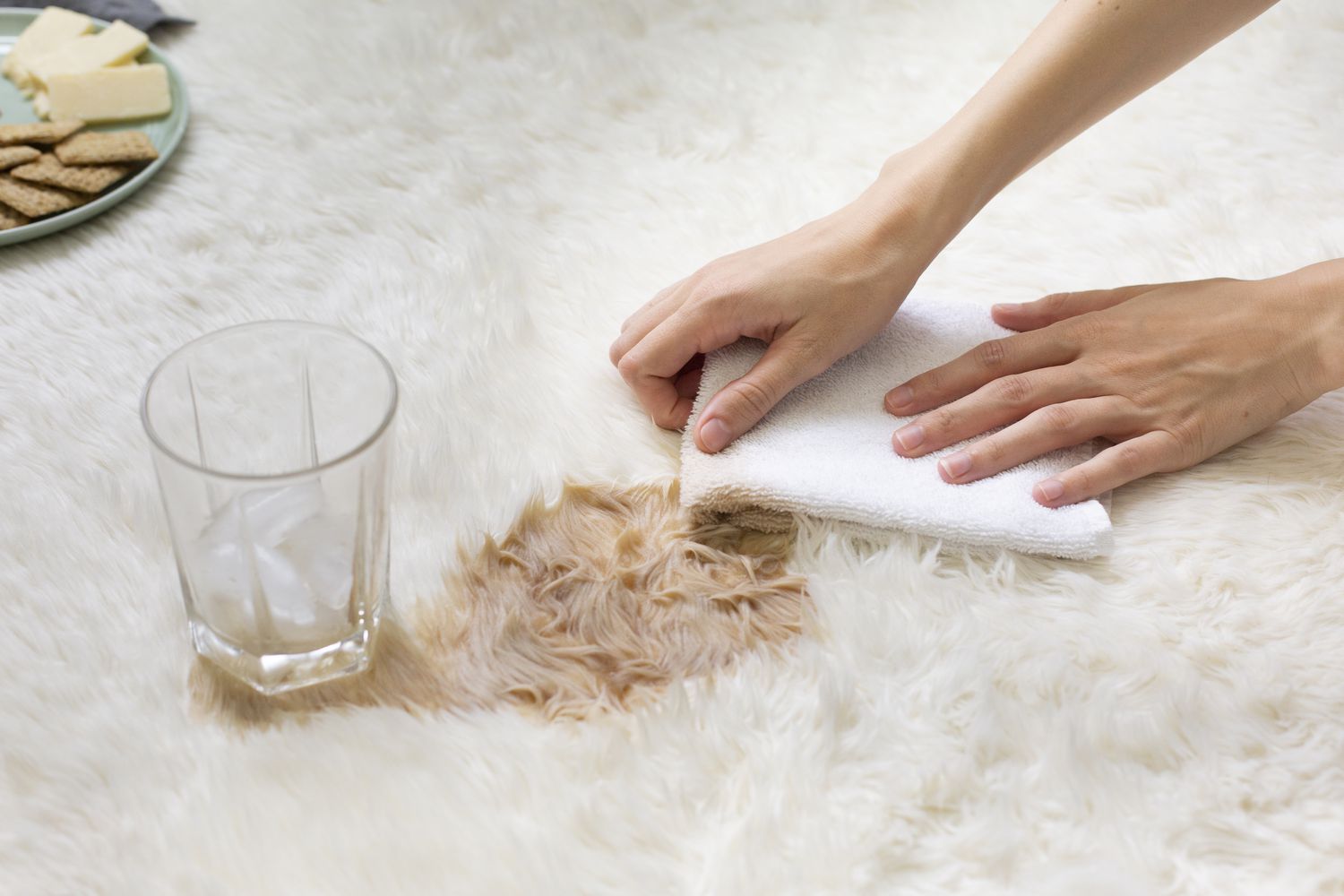

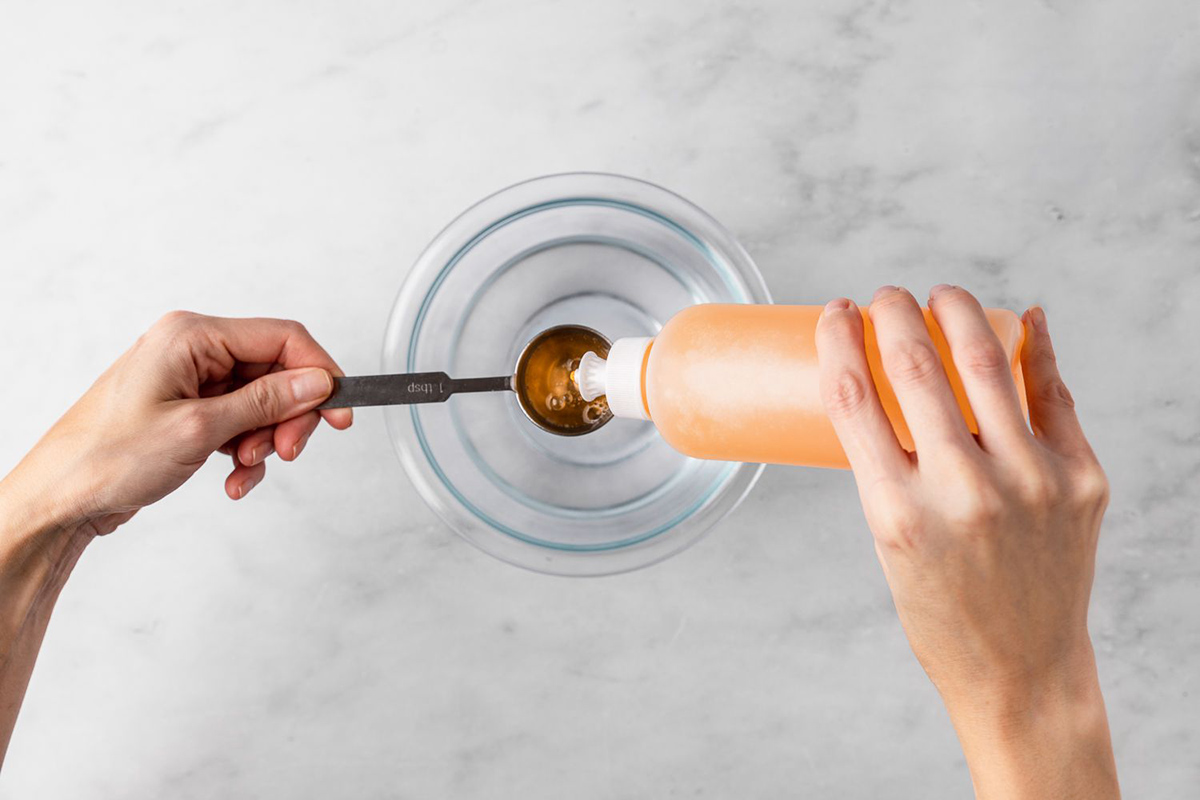


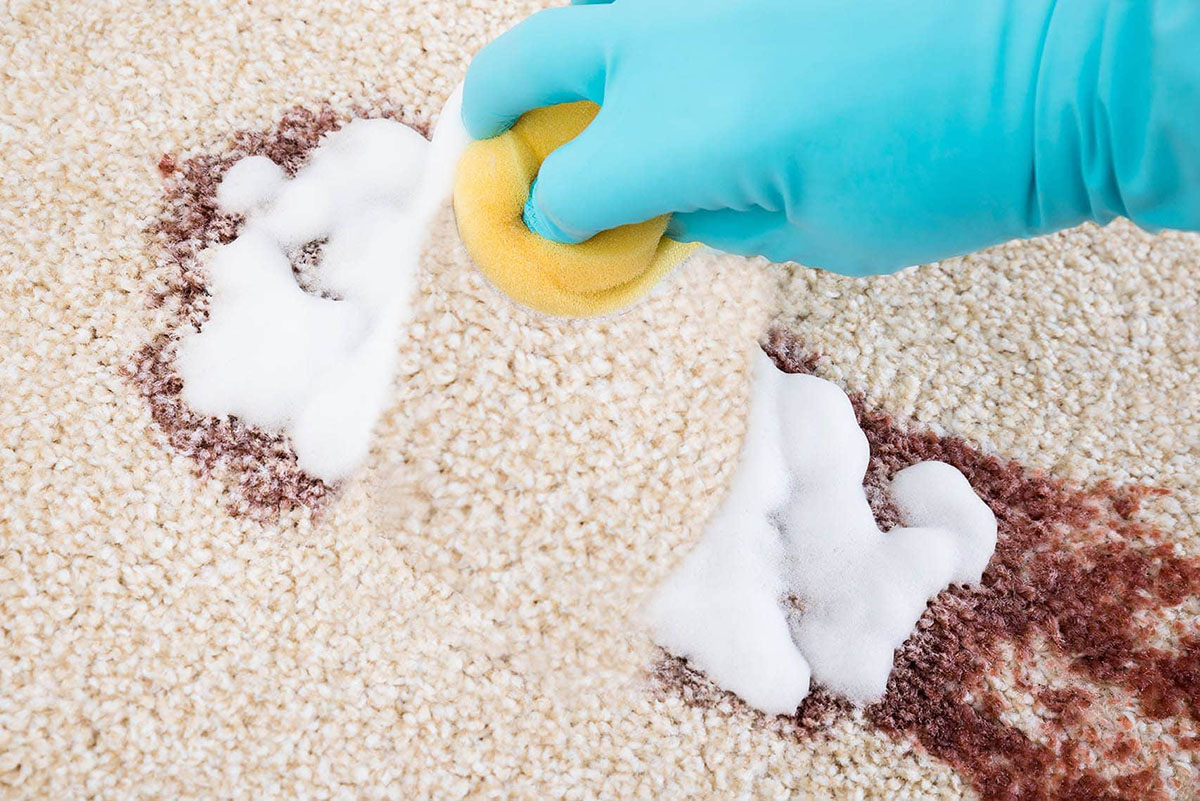
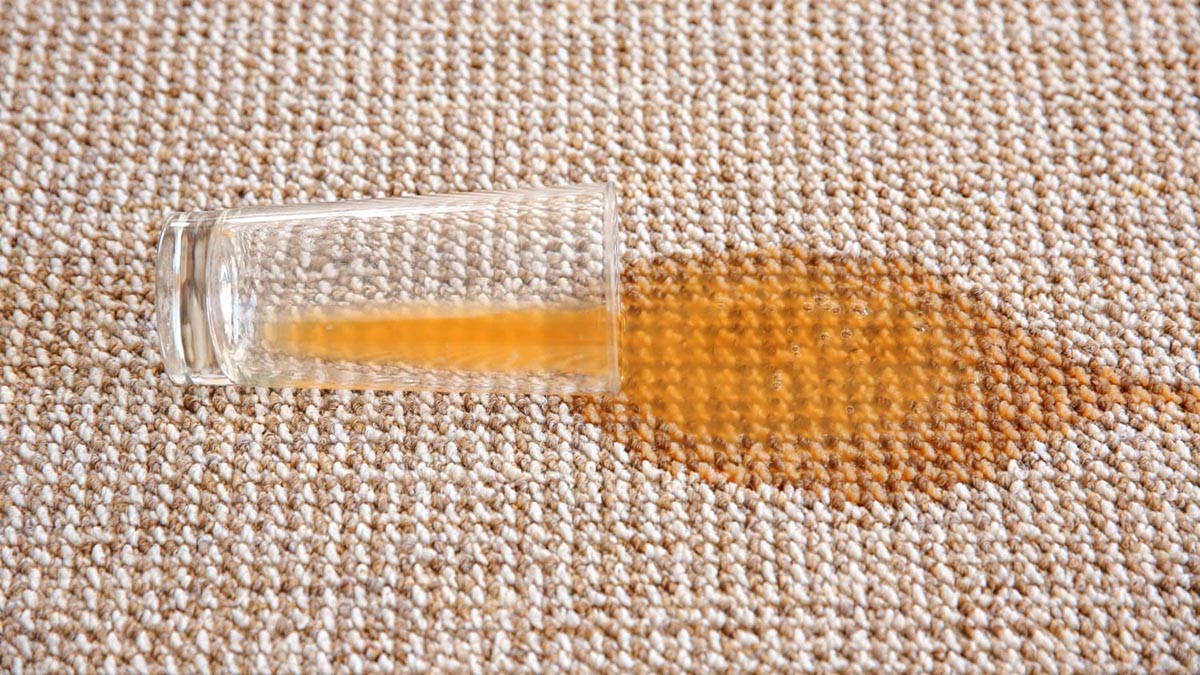

0 thoughts on “How To Get Stains Out Of Rugs”